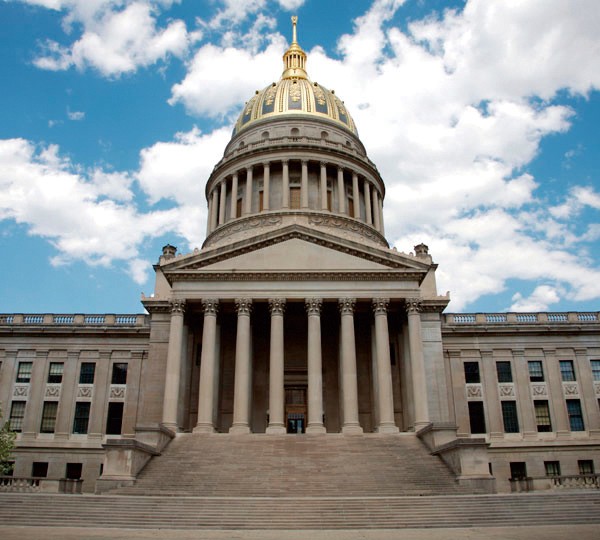Is House Bill 4299 a loaded gun — unto itself?
That’s what the leaders of West Virginia’s two unions for teachers and others who work in school buildings are worried about, now that the measure is going before the state Senate for approval.
Should it pass, the bill would allow those employees, who are licensed and trained, to carry concealed firearms — as another layer of protection against the threat of gun violence in schools.
The education-related bill is one of many lawmakers are taking on during this year’s Legislative session.
After a contentious, hour-long debate Wednesday, the bill cleared the House of Delegates by an 89-11 margin.
It now goes before the Senate for final approval.
Fred Albert and Dale Lee both said Thursday they’re hoping senators consider bullets in the chamber — as they gather in their chamber to give the final say on whether or not it becomes the law of the land, and the classroom, across the Mountain State.
Albert, who heads the American Federation of Teachers, worries about people simply not being trained to handle the stress of an active-shooter situation.
Even if, he continued, they are responsible and licensed gun owners also completing the requirements called for in HB 4299.
“I’m not sure 24 hours of training is going to be sufficient,” the AFT leader said.
“I personally think we’re opening up something that could be very dangerous.”
Which, he said, could mean everything from the worst-case circumstance of an active shooter in the building — to a teacher breaking up a scuffle and having his gun yanked away by a student.
“Let’s just let our teachers be teachers,” he said.
Not that he hasn’t heard from the union’s members who are supportive of the bill — and that’s the same for Dale Lee, his counterpart at the West Virginia Education Association.
“We have members who support it and a large number who don’t support it,” Lee said.
“Personally, I wouldn’t want the responsibility,” said the WVEA president, who is a certified special education teacher in Mercer County Schools.
Who’s packing, who isn’t (and who might be)
In terms of infrastructure, the state Department of Education is taking responsibility for building safety across West Virginia’s 55 public school districts — though not every building has been shorn up by the preventive measures.
That was reflected in 2023 West Virginia School Safety and Security Report, which was put out this past November by the state Department of Education.
At the time of that report there were still 299 of the state’s 637 public schools waiting to be outfitted with Safe Schools entrances, with ballistics glass and “man-trap” portals requiring multiple steps for the people who don’t study there or work there, to get inside.
Plus, there were another 318 school buildings in the state that had yet to be staffed by resource officers — those uniformed, law enforcement professionals who patrol hallways and campus grounds — according to that report.
Meanwhile, the buildings Monongalia’s in public district are outfitted with the above measures.
Students at Morgantown High, University High and Clay-Battelle also must go through high-tech weapons detectors on the way to main hallway every morning.
The portable detectors have also been deployed at graduation ceremonies and sporting events.
Again, though, Lee said, that’s infrastructure.
West Virginia’s school system needs to look within, the WVEA president said.
“We’re not doing anything right now to focus on the emotional states of our students,” Lee said.
HB 4299, as it now written, he said, wrests any local say in the matter.
“It takes autonomy away from the local school boards,” the union president said.
Mon Schools Superintendent Eddie Campbell Jr. agreed.
“For as long as I’ve been around, the goal has been to prevent weapons from coming in,” he said.
“My concern now is that we’re going to allow people who aren’t fully trained law enforcement professionals the opportunity to do just that.”
TWEET @DominionPostWV




